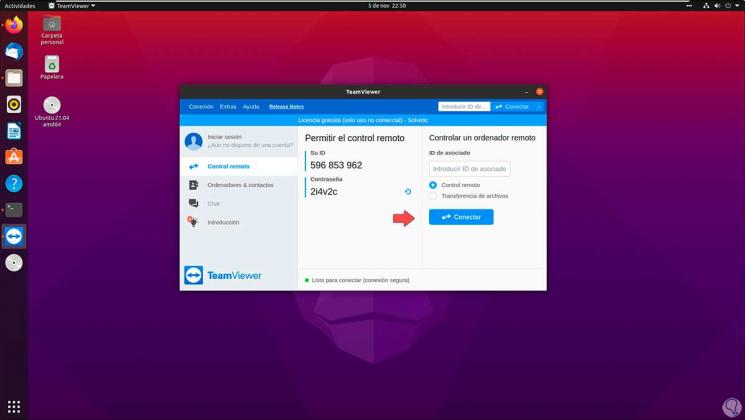

If you can open a task manager in your desktop environment, perhaps by holding down Ctrl+Alt+Del in the manner of Windows NT, then do so and look for wineserver in the listing.Īssuming you have no other programs running that might have started the wineserver process, you can right click on it and kill it. As soon as you restart your machine you’ll find all those processes haven’t started up with it. You’ll be able to start it normally by yourself whenever you want even if this daemon is off. This should disable the program from starting up automatically, though if it’s already running it will remain as such. Once you’re at a user prompt, type sudo teamviewer –daemon disable and then push the enter key. You could also start one from the KDE menu or the Whisker menu in Xfce4. LXDE users might want to start LXTerminal by clicking on the System Tools menu. You’ll probably need to be working from a graphical environment for this, so hold down Ctrl, Alt and Tab or search for terminal from the Dash. Open a command terminal using whichever method you’d prefer. Method 1: Disabling TeamViewer 8’s Startup Daemon Fortunately, some newer versions of TeamViewer won’t need Wine and other such libraries to run. You won’t find it in the list of Startup Applications either, so you’ll need to follow this special trick to keep it from launching itself when you reboot your computer. One of the biggest issues is that TeamViewer automatically loads itself, which means it will launch wineserver and a number of other processes along with it depending on which version you’re using. While it’s always better to do things with a native Linux application if at all possible, TeamViewer may be necessary when trying to connect with others who use Windows on their own machines.

Some users have found that they can use it successfully with Wine in Linux to achieve the same effect. It’s one of the leading programs in the Microsoft Windows segment for this purpose. TeamViewer is a popular application for those who want to remotely connect to different workstations in order to exchange data, messages, and conversations with other users.


 0 kommentar(er)
0 kommentar(er)
